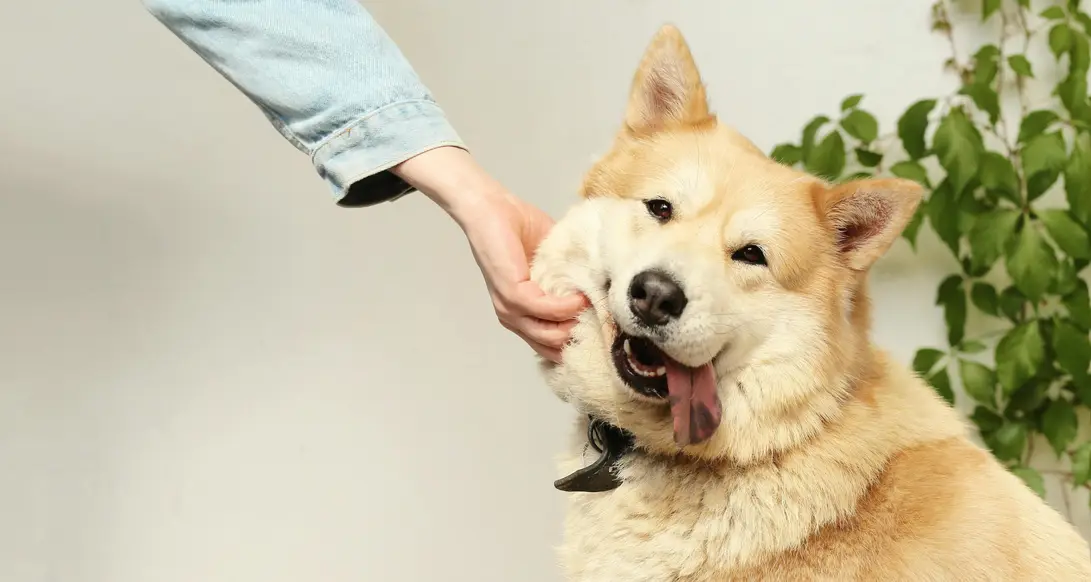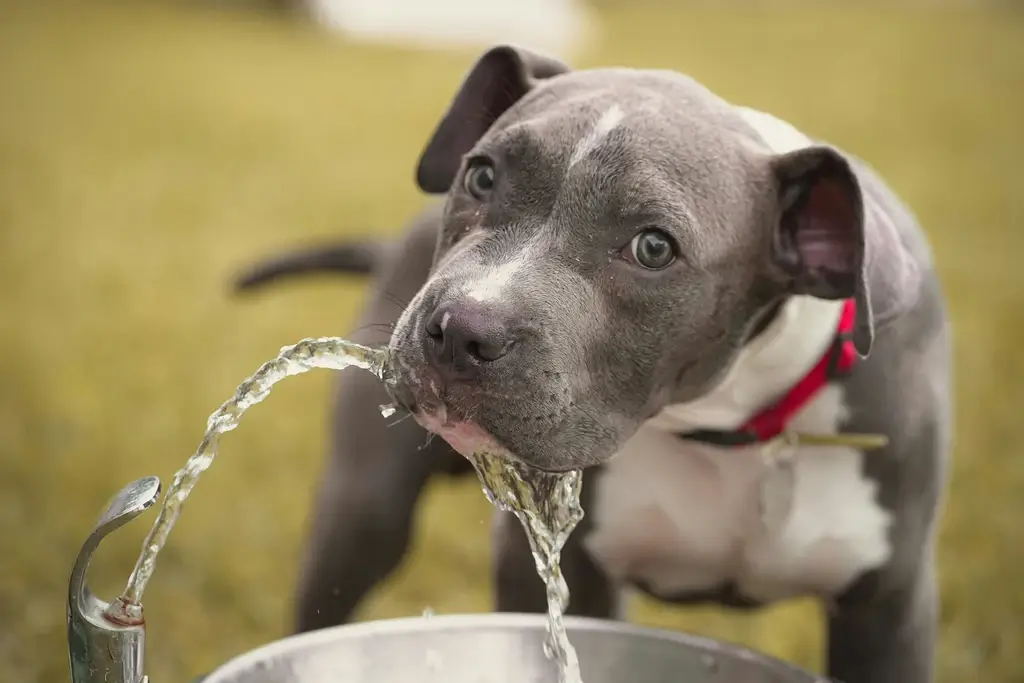Opting to prepare homemade dog food can be a rewarding choice for both you and your pet. It allows you to ensure that your furry friend is consuming a well-balanced, nutritious diet without the preservatives and fillers commonly found in commercial dog food. Additionally, it offers a chance to cater to specific dietary needs and preferences.
Essential Nutrients
Dogs require a balanced diet that includes proteins, carbohydrates, fats, vitamins, and minerals. Here are the key components you should incorporate into homemade dog food:
- Proteins: Lean meats such as chicken, turkey, beef, and fish provide essential amino acids.
- Carbohydrates: Brown rice, quinoa, and sweet potatoes offer energy and fiber.
- Fats: Healthy fats found in fish oil, flaxseed, and chicken fat are vital for skin and coat health.
- Vitamins and Minerals: Vegetables like carrots, peas, and spinach, along with supplements if necessary, will ensure your dog gets essential vitamins and minerals.
Basic Homemade Dog Food Recipe
Here’s a simple and nutritious recipe to start you off:
Ingredients:
- 2 1/2 pounds of ground turkey
- 1/2 cup of chopped carrots
- 1/2 cup of peas
- 1 cup of chopped spinach
- 3 cups of cooked brown rice
- 1 tablespoon of fish oil (optional)
Instructions:
- Cook the ground turkey in a large skillet over medium heat until browned.
- Add the chopped carrots, peas, and spinach to the skillet and cook for another 10 minutes.
- Combine the cooked ingredients with the brown rice in a large mixing bowl.
- Add fish oil if using, and mix everything thoroughly.
- Allow the food to cool before serving it to your dog.
Customizing Recipes
One of the great benefits of making your dog food at home is the ability to customize it according to your pet’s preferences and health needs. For instance, if your dog has allergies, you can easily swap out ingredients. Common substitutions include:
- Proteins: Replace turkey with chicken, beef, or salmon.
- Carbohydrates: Substitute brown rice with quinoa or oatmeal.
- Vegetables: Use green beans, pumpkin, or zucchini in place of peas and carrots.
Consulting with Your Veterinarian
Before switching your dog to a homemade diet, it’s critical to consult with your veterinarian. They can provide valuable insights into ensuring the diet meets all of your dog’s nutritional needs. Your vet may recommend supplements to make up for any deficiencies and help you tailor recipes specific to your dog’s health conditions.
Storage and Serving Suggestions
Homemade dog food can be stored in the refrigerator for up to three days or frozen in portions for up to three months. When serving, make sure the food is at room temperature to avoid digestive issues. Start by gradually introducing homemade dog food to avoid any stomach upset from a sudden diet change.
Monitoring Your Dog’s Health
Once you switch to homemade dog food, keep a close eye on your dog’s health and behavior. Positive changes you might notice include a shinier coat, more energy, and overall improved well-being. On the flip side, if you observe any health concerns like digestive issues or changes in weight, consult your veterinarian promptly.
Popular Dog Food Add-Ins
To make your homemade dog food even more beneficial, consider incorporating these popular and nutritious add-ins:
- Fresh fruits: Blueberries, apples (without seeds), and bananas provide vitamins and antioxidants.
- Bone broth: Adds additional minerals and helps with joint health.
- Eggs: Include the yolk and whites for added protein and nutrients.
- Yogurt: Plain, unsweetened yogurt can offer probiotics to aid digestion.
Making It a Habit
Preparing homemade dog food doesn’t have to be time-consuming. With some planning and batch cooking, you can make it a regular part of your routine. For instance, set aside a specific day each week to cook and store meals. Investing in airtight containers for proper storage can help maintain food freshness and quality.
By taking the extra time and care to prepare your dog’s meals at home, you’re not only ensuring a healthier, happier pet but also strengthening the bond between you. Your dog will surely appreciate the effort and love that goes into each meal.


















